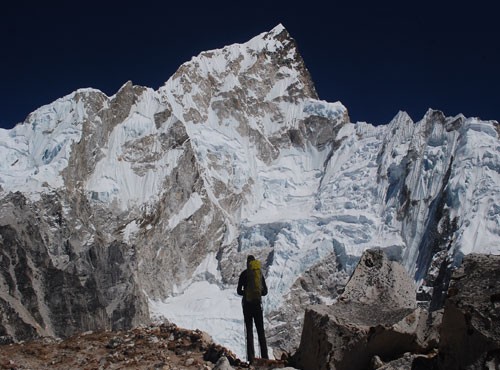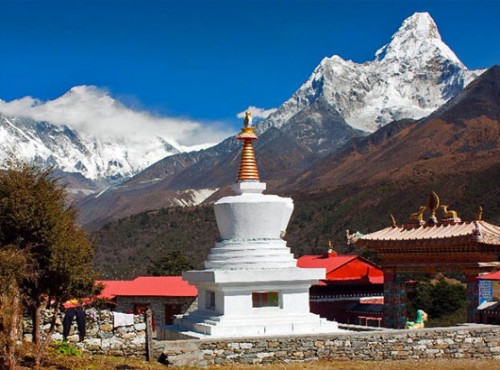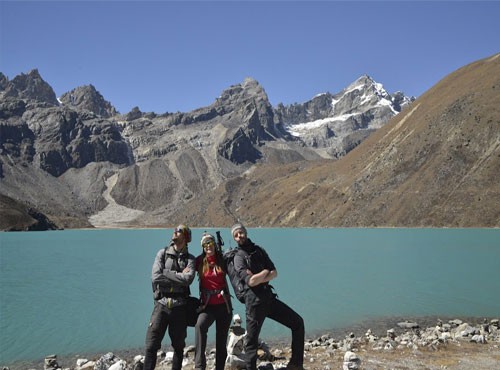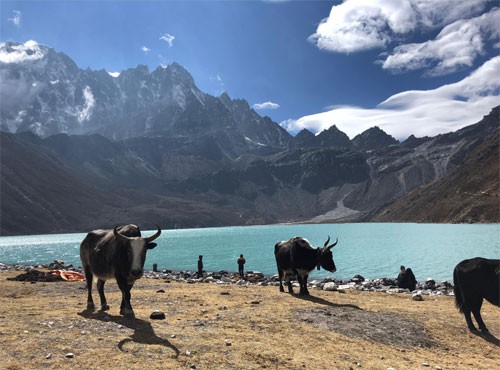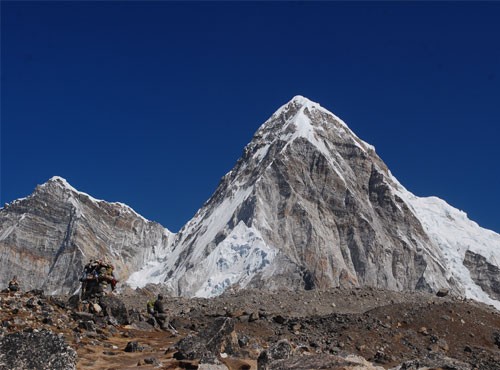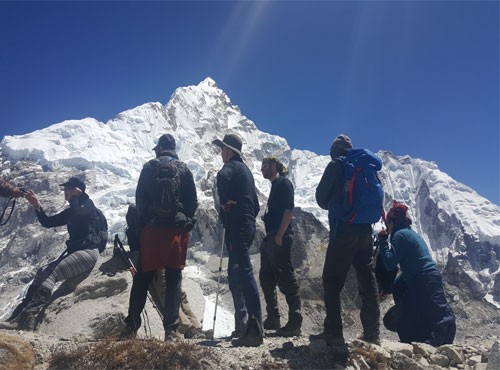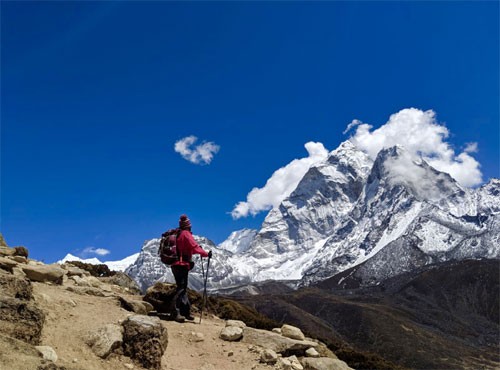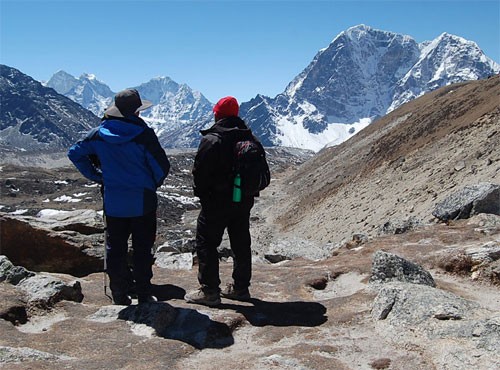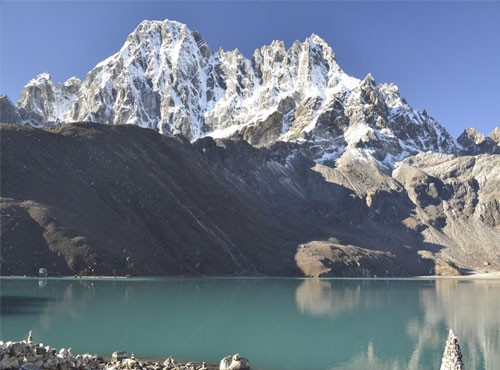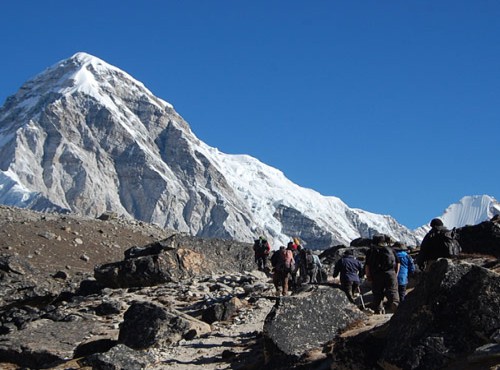Trekking In Everest Region
Everybody wants a peek of the tallest mountain in the world, Mt. Everest at 8,848m/29,029 ft. which is how trekking in the Everest region became as popular as it is today. However, the Everest region is so much more than just the almighty Everest, or Sagarmatha as known in Nepal. The Everest region is also the home to the Sherpas, the bravest climbers in the world, endangered snow leopard, astounding icefalls and glaciers, warm, welcoming people, monasteries, a fusion of Buddhist-Tibetan and Nepalese culture, and on top of it all the absolute best trekking routes for those looking for high-altitude adventure.
The Everest region (also famous as the Khumbu region), geographically speaking, lies on the north-eastern side of Nepal, on the base area surrounding the Nepalese side (the south) of Mount Everest. This region falls entirely under Solukhumbu district which belongs in the Sagarmatha National Park zone, a UNESCO World Heritage site. The elevation here ranges from 3,300m/11,000 ft. to 8,848m/29,029 ft., the highest place on planet Earth.
The ranked 6th best region in the world to travel by Lonely Planet, Khumbu region hosts the Khumbu glacier which is, in fact, believed to be a glacier-formed 500,000 years ago, due to the effects of the last great Ice Age. The Everest region wasn’t exactly on the global map until the 1950s, the decade when Tenzing Norgay and Edmund Hilary summated the unsurpassable and the highest landmark in the world, Mt. Everest. Many bold men and women had been trying to step on the glorious mountain since the 1920s.
While some mountaineers and courageous men/women lost their lives trying to follow legends of George Mallor, Tenzing Norgay and Sir Edmund Hillary in the past decades, their efforts have contributed in making the trek as well the journey to summit the Everest much more comfortable, no less exciting thou, in recent years. Trekking in the Everest region brings you up and close with the Everest. But, once you are on the trek, you’ll realize those other mountains like Lhotse, Nuptse, AmaDablam, Thamserku, and Cho-Oyu to name a few are quite intriguing as well.
Besides the mountains, you experience the unique Sherpa culture and come in contact with their warm natured hospitality, their shrines, monasteries and chortens, deciduous Himalayan vegetation to rocky terrains with no tree line for days and the engaging discussion in the evening with fellow travelers from all around the world over hot food and beverage. You’d realize that most the tea houses owners in the region have summited the Everest. You will come for the Everest and go back with memories of warm people and your glorious days here.



